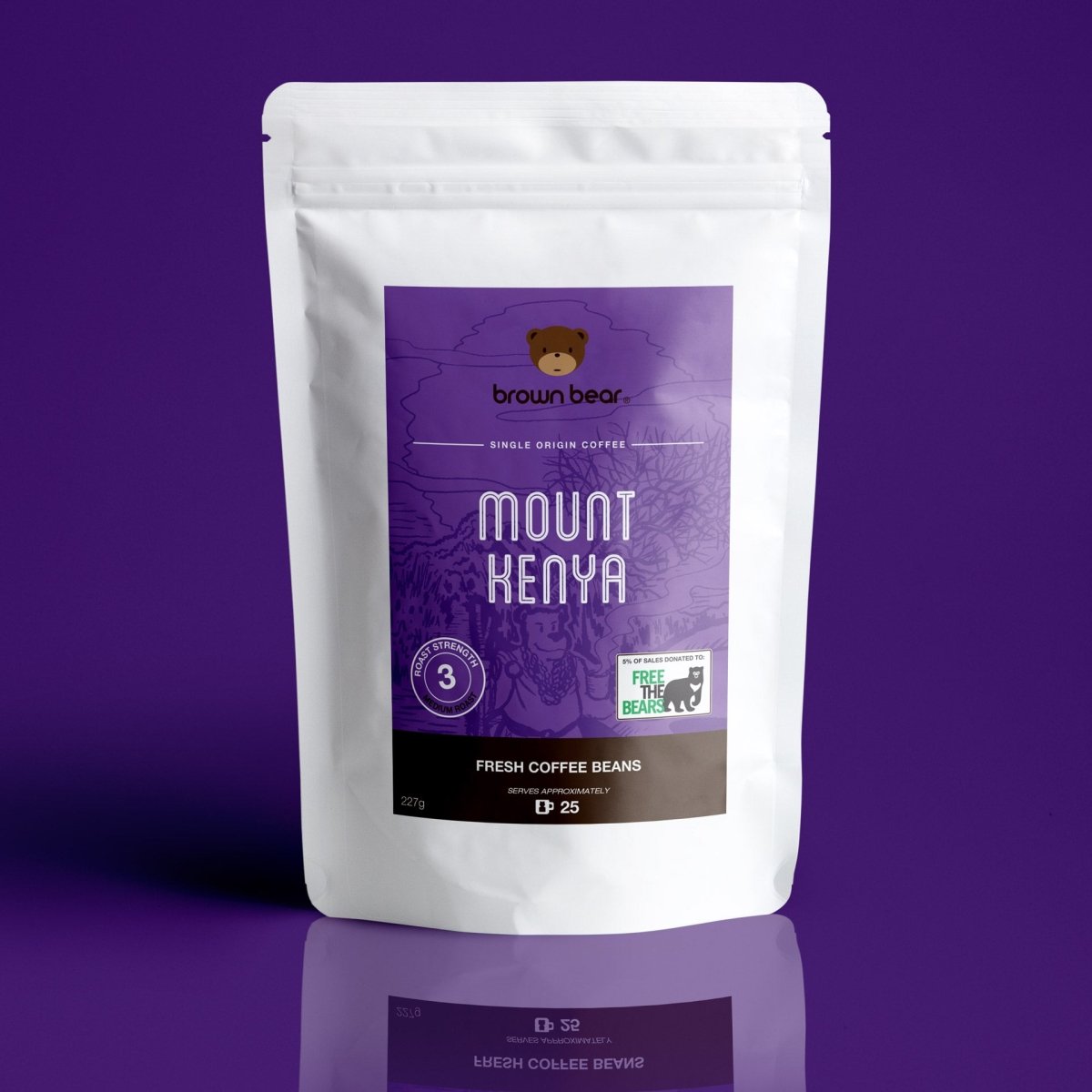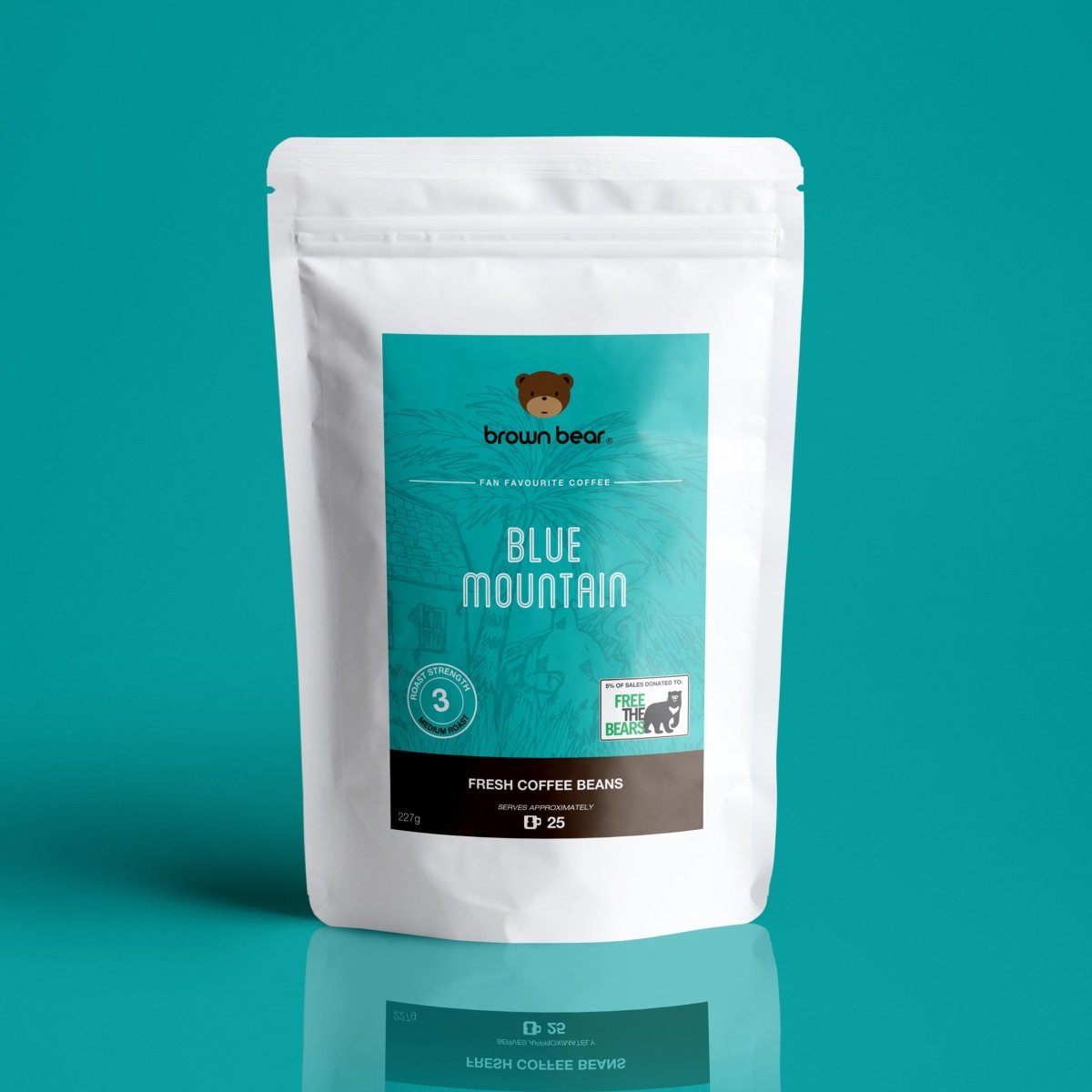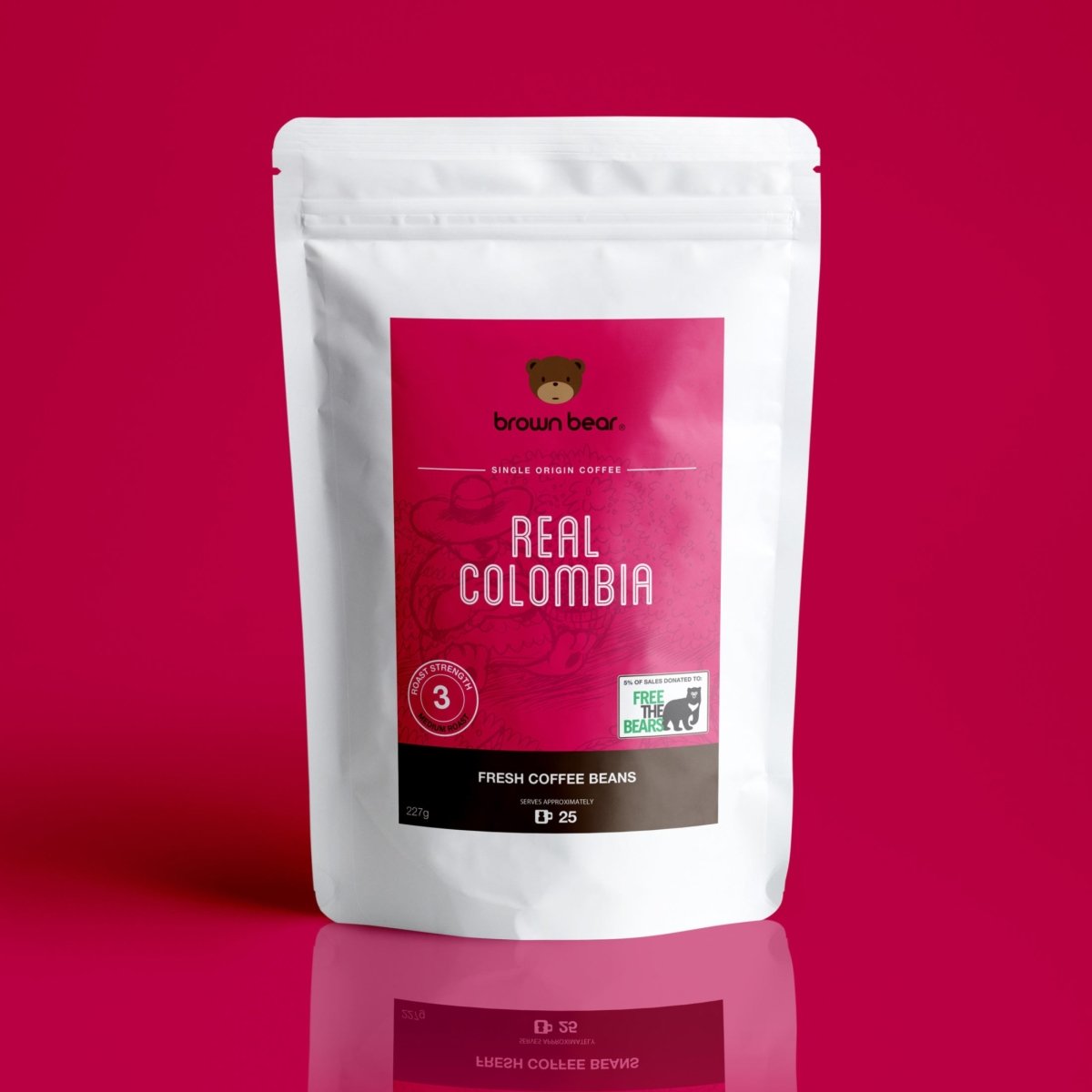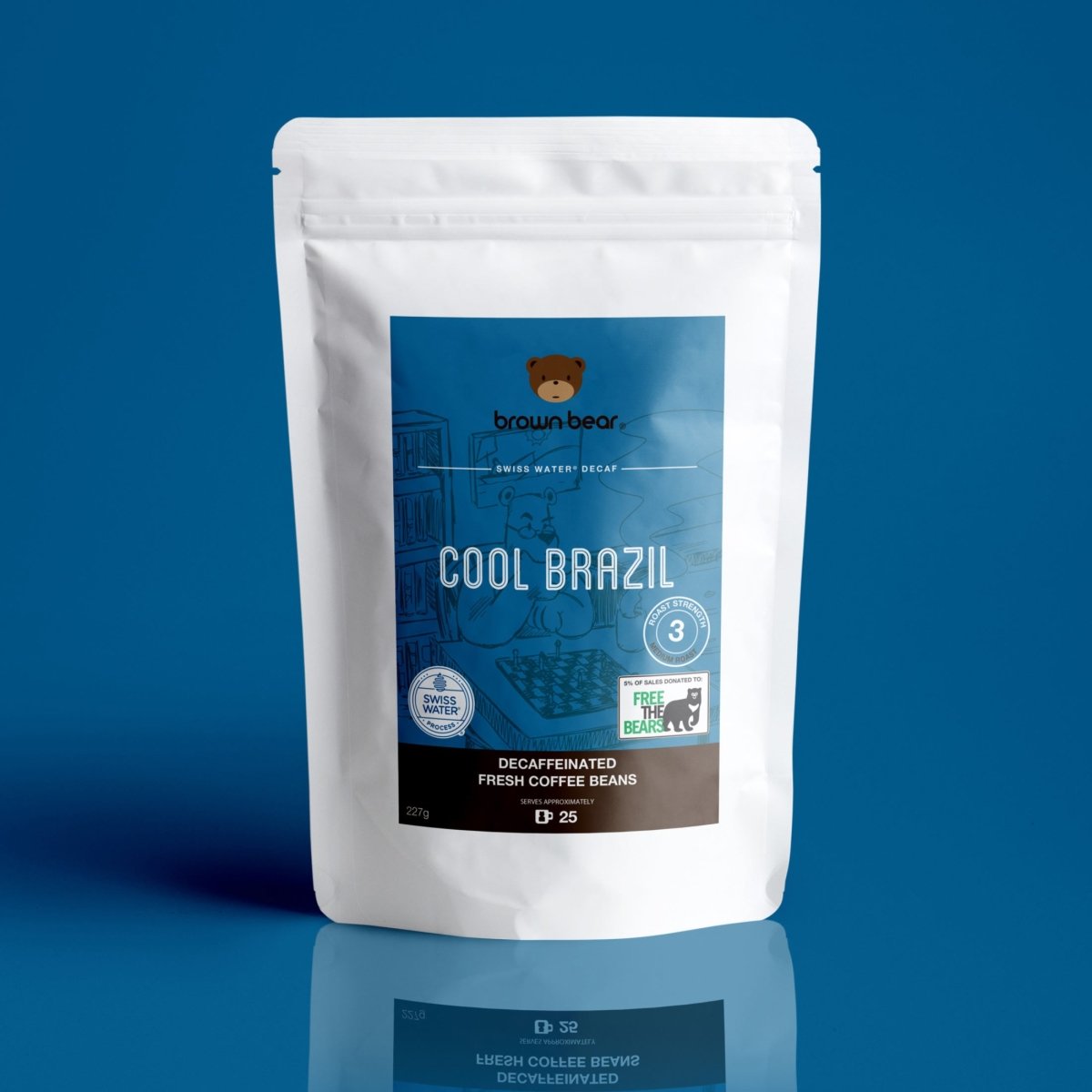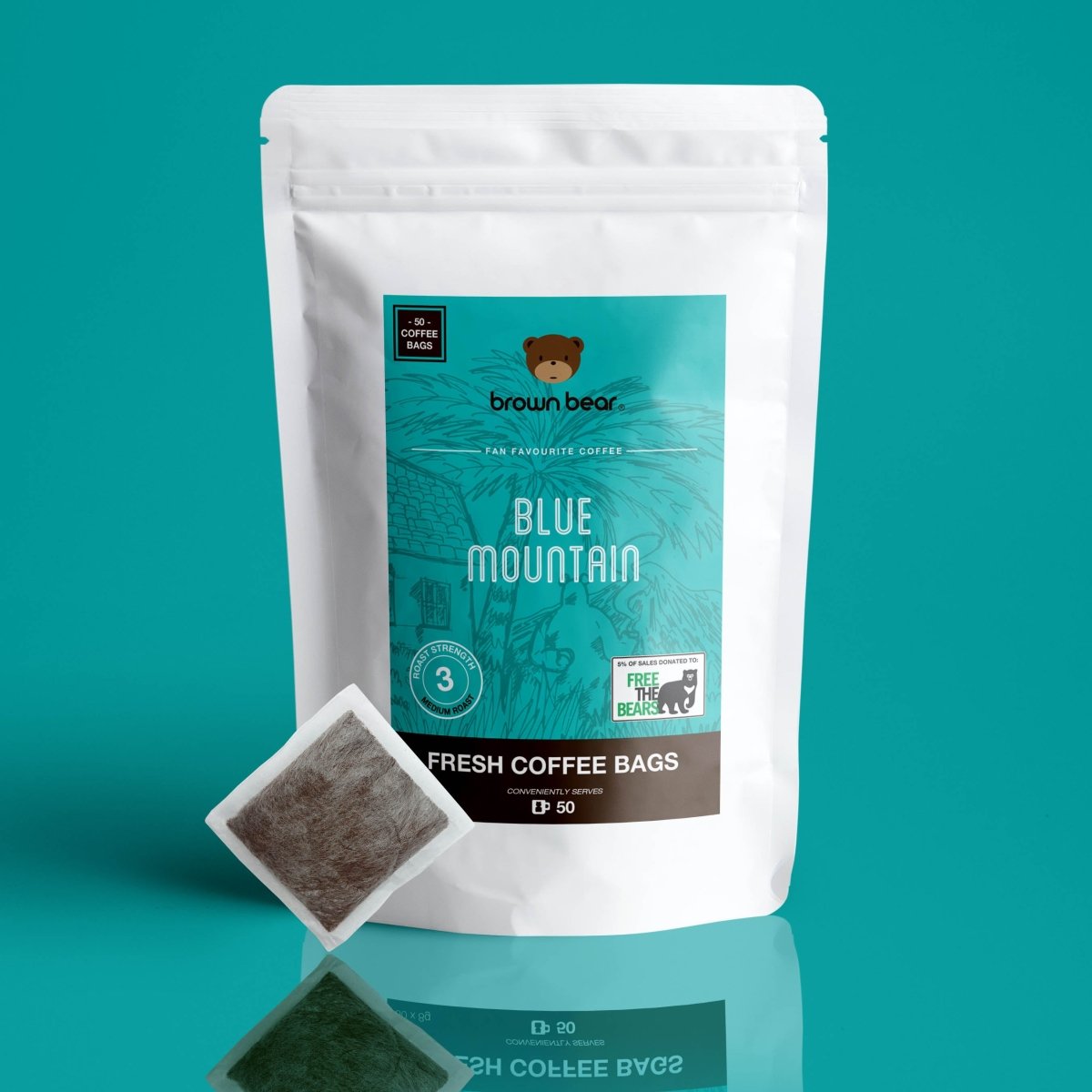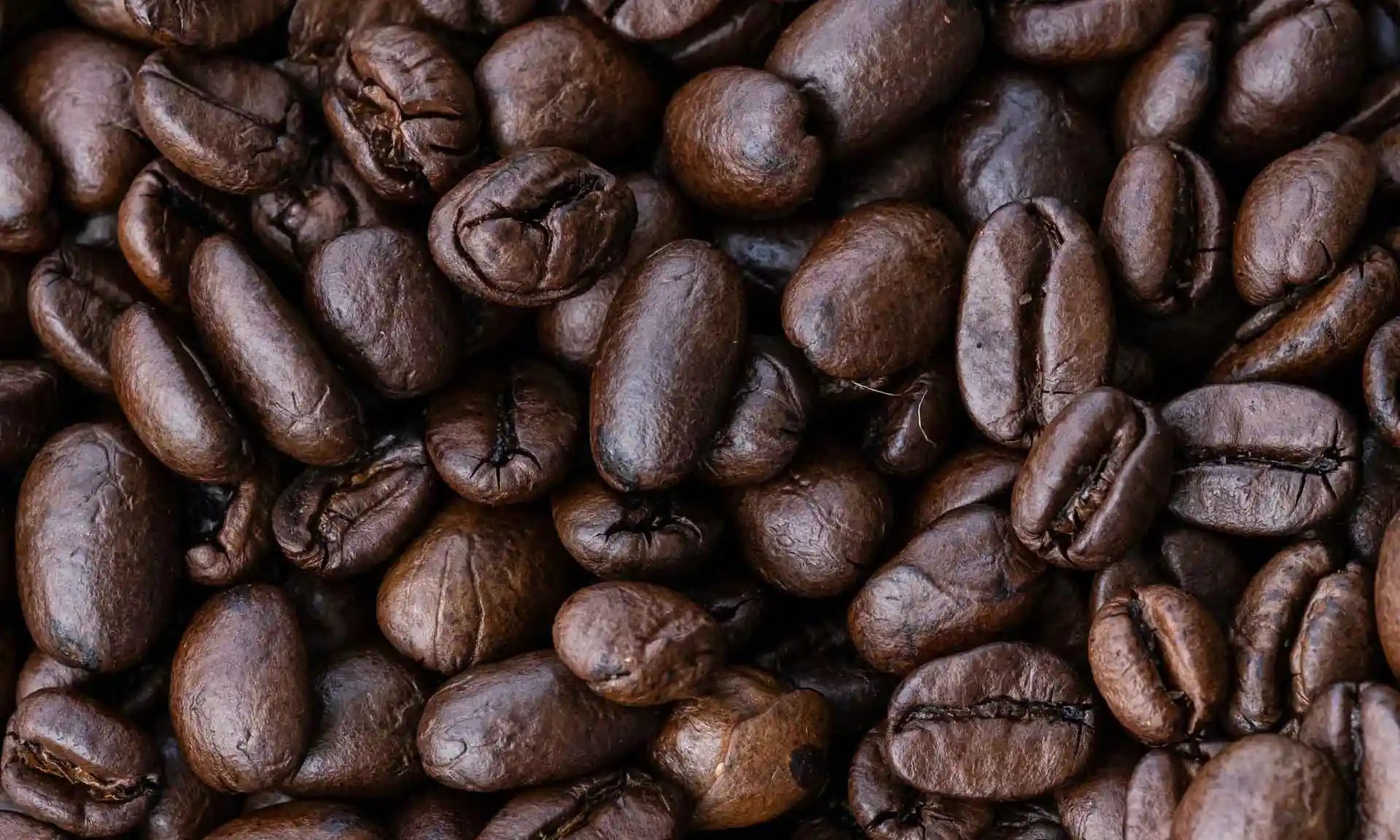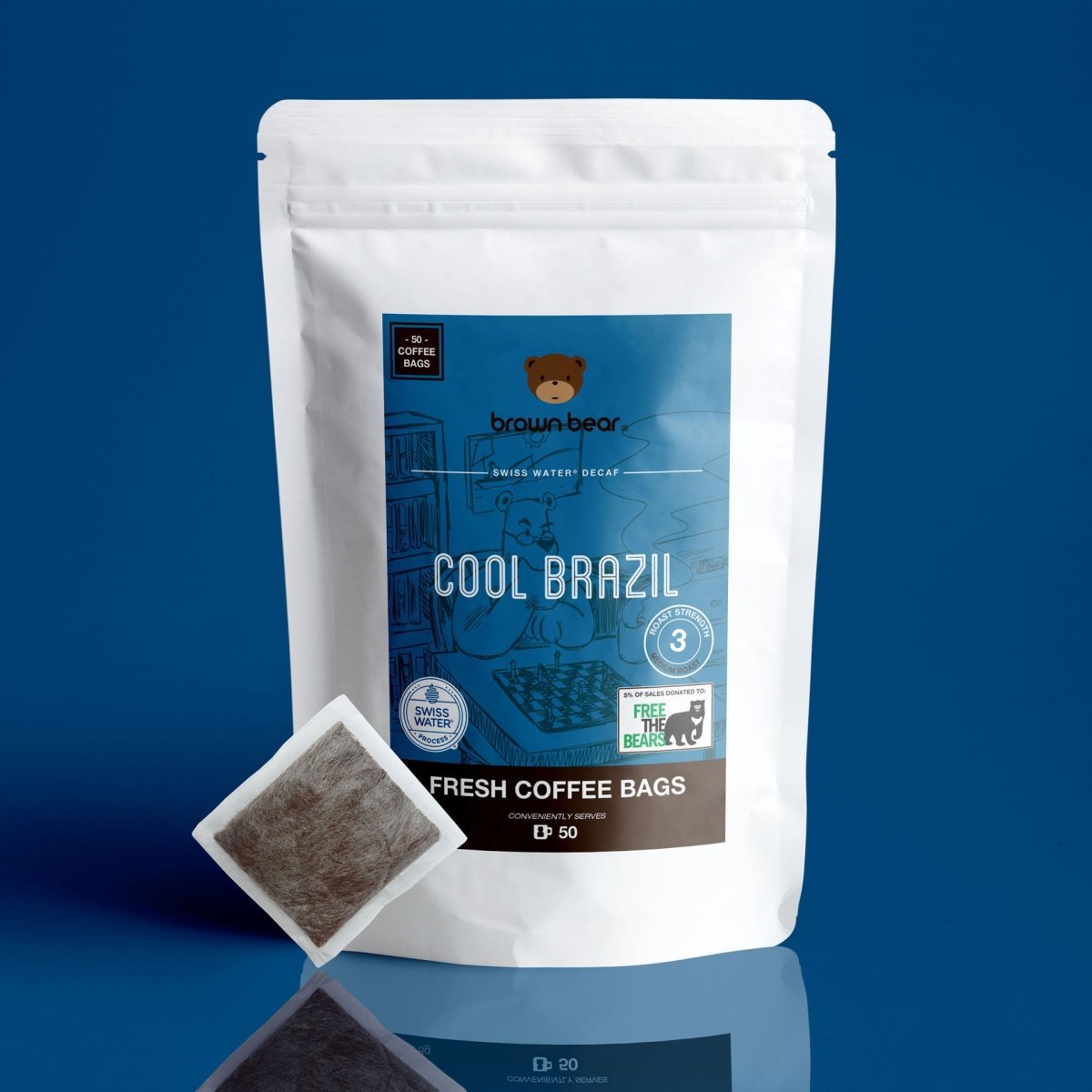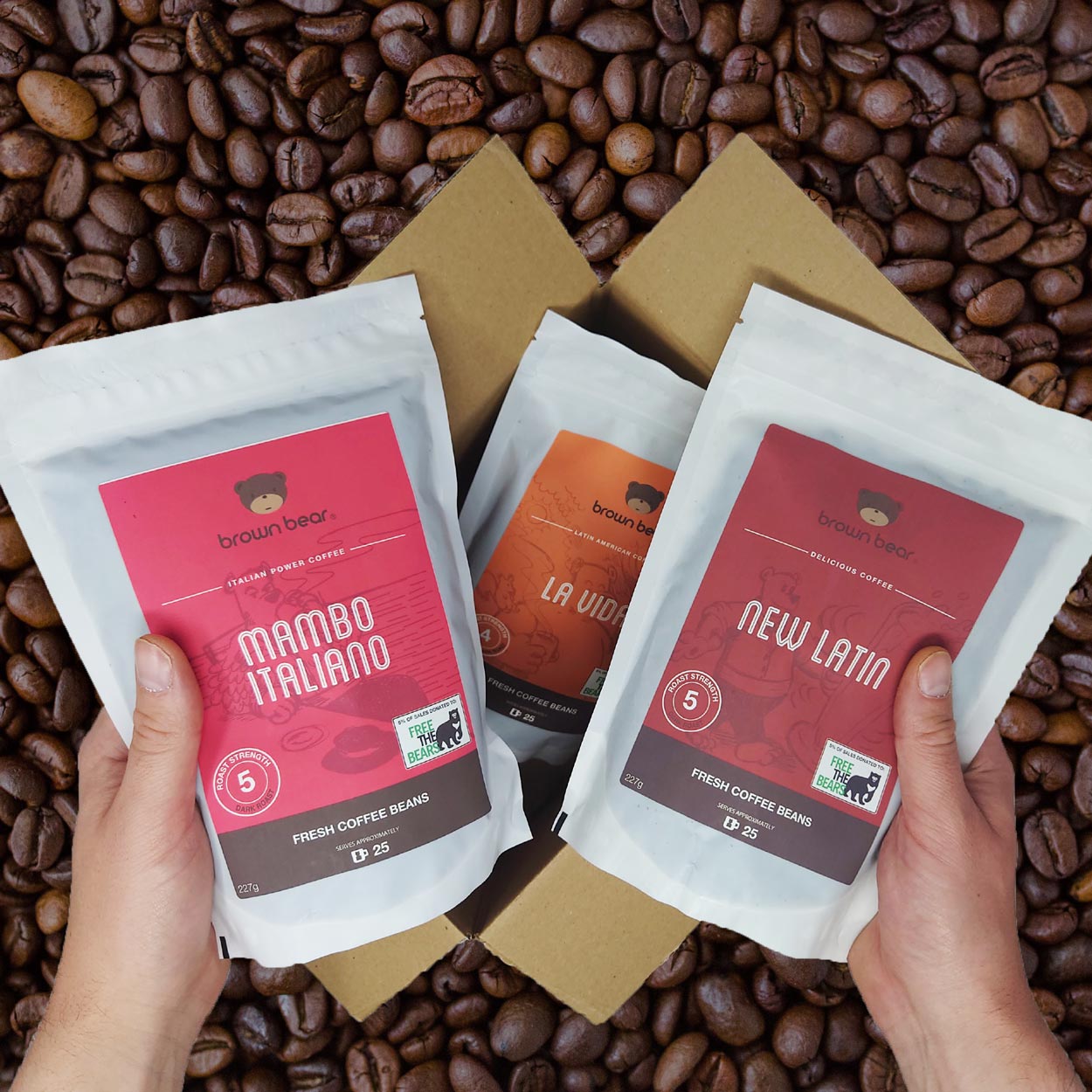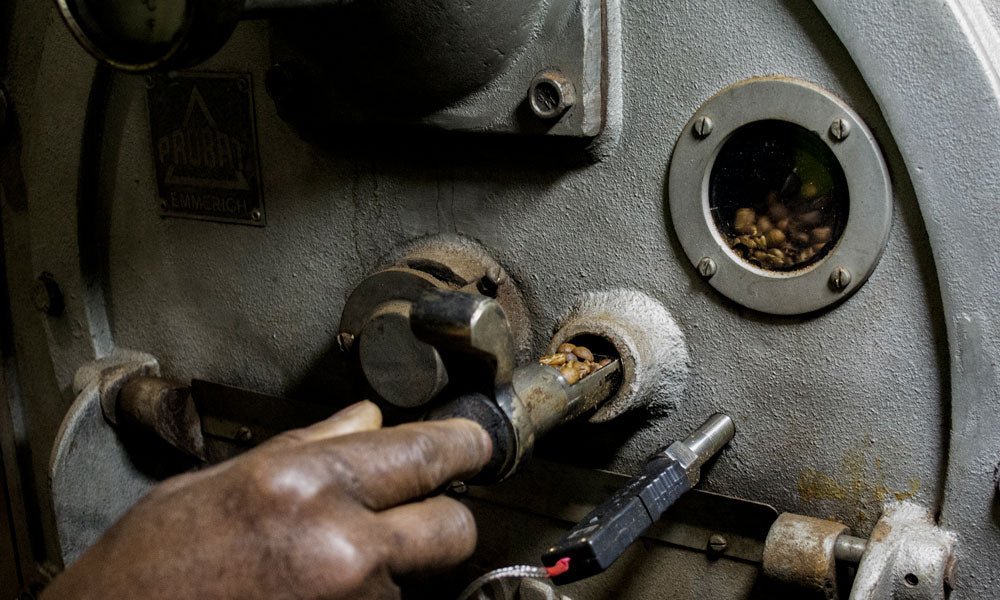What is coffee roasting?
Simply put, coffee roasting is the process of heating coffee beans to enhance flavour, transforms the green coffee beans into aromatic brown beans we use to brew coffee.
The roasting process affects the taste of the coffee, with different roasts producing distinct flavour profiles ranging from light and fruity to dark and full-bodied.
The beans are roasted at high temperatures until they reach the desired roast level, then cooled rapidly to stop the process.
When it is done well, roasting coffee beans is an art. The process creates flavour and aroma; without it, none of the flavour of coffee is apparent in the cup. Green beans are relatively stable and, if stored correctly, will last for years. During roasting, the heat causes a series of chemical reactions to take place.
Starches are converted into sugars, which caramelise, some types of acids are created and others are broken down. The basic cellular structure of the bean eventually breaks down, causing the bean to "pop," just like popcorn. Proteins are broken down into peptides, and these emerge through the surface of the bean in the form of oils.
Moisture and carbon dioxide are burnt off and, in a darker roast, pure carbon is created. The aromatic oils are really at the heart of roasting. They are called coffee essence, coffee oil or, more accurately, caffeol. These aromatic oils are volatile, that is, they are the elements that carry the flavours and aromas and they are water-soluble, which means that those flavours and aromas can be enjoyed in the cup.
What are the biggest challenges for roasting great coffee?
The great enemy of roasted coffee beans is oxygen for, as soon as the beans are roasted, they begin to lose the flavours that have been brought to the surface by roasting. The oils that have been precipitated to the surface are oxidised and in a very short time they produce a sooty, rancid flavour.
The roasters themselves can also cause untold damage. If the beans have not been roasted at the necessary temperature, usually around 240 Celsius, and for the correct amount of time, according to the required roasting result, the oils will not have been brought out to the surface, and the flavour will be underdeveloped. On the flip side, if the roasting is done at too high a temperature or for too long, the beans will taste thin and burnt. Burnt coffee is exceedingly unpleasant.
What temperature does coffee roasting take place?
Most roasting machines are gas-fired and work at temperatures of around 290 Celsius and, for the first 5 minutes or so, the high temperature burns off any free moisture. Thereafter, the residual moisture is forced from the beans (this causes the sound).
Next, when the cracking or popping coffee beans reach a temperature of about 200 Celsius, they start to turn a darker brown, and it is at this point that the oils start to emerge. This point in the process is called pyrolysis. From this point, the person who is roasting has to begin to make crucial decisions, for if the beans are left for too long, they will be ruined.
What different types of coffee roaster are there?
Some larger machines, of the kind that are found in commercial roasters, move the beans along a screw inside the drum, and when they reach the end of the screw, they are done. Such expensive machines are viable only when large quantities of beans are being roasted.
A local speciality coffee roaster will probably use what is known as a "batch" roaster, which is basically a drum, rotating horizontally, with a fire beneath and a fan to draw away the smoke and fumes. An alternative method is more indirect, heating air and then using that to move and roast the coffee at the same time.
Pressurized roasting works very quickly with this hot air method and roasts can be achieved in 3 to 5 minutes. Modern environmental regulations imposed by local authorities insist that roasting is clean from smoke and smell, so various methods of afterburning are put into practice. Simple batch roasting relies on the skill of the roaster to judge the correct colour. With modern computer technology, the moisture content of the green bean is measured and programmed "profile" roasting will assure the exact colour on every roast.
Either way, whatever the roasting method, it is important that the beans are kept moving during the roasting process not only to ensure that the batch roasts evenly, but also to stop them from burning, which could cause them to catch fire. When the beans are taken from the roaster, they are cooled by air. The more quickly and completely the cooling is done the better, because roasted coffee beans will continue to cook as they cool down.


